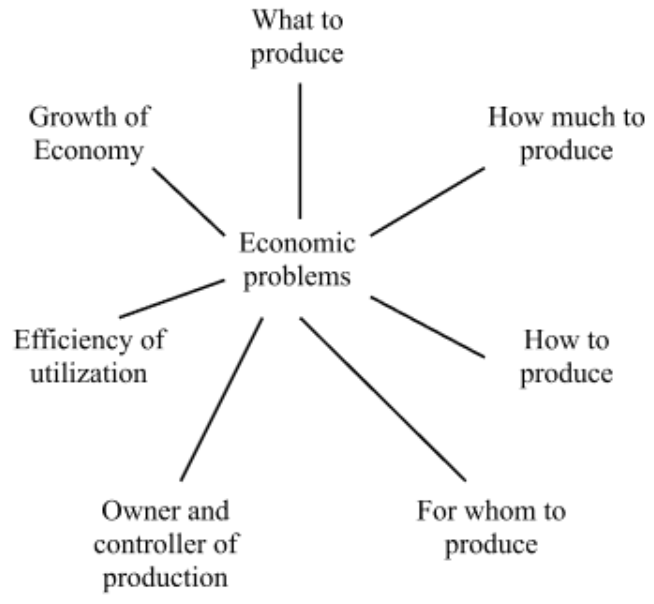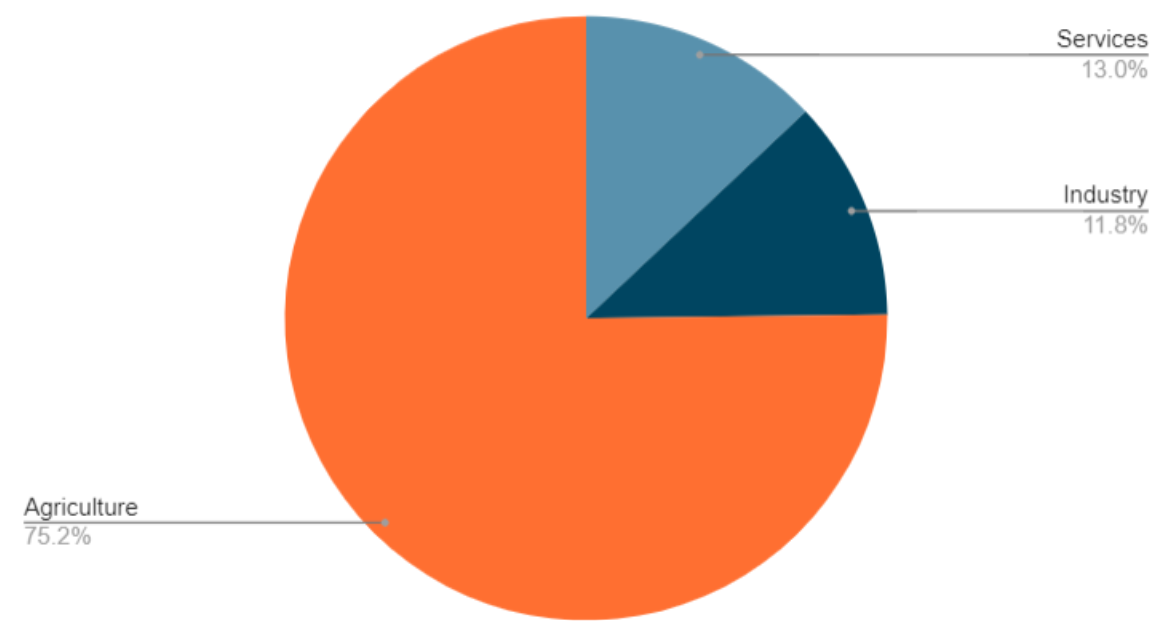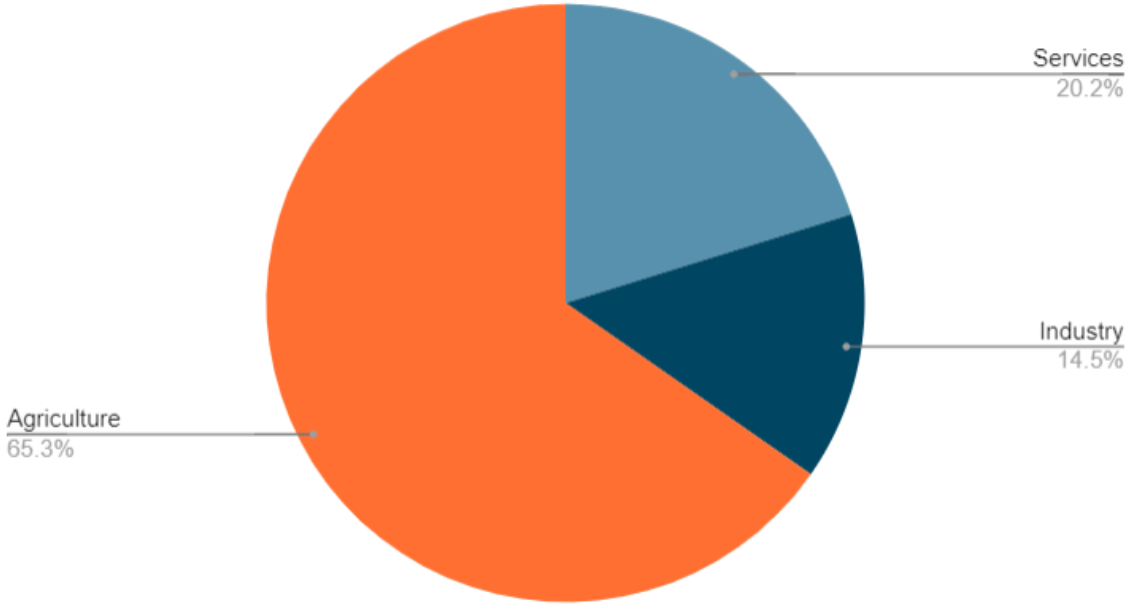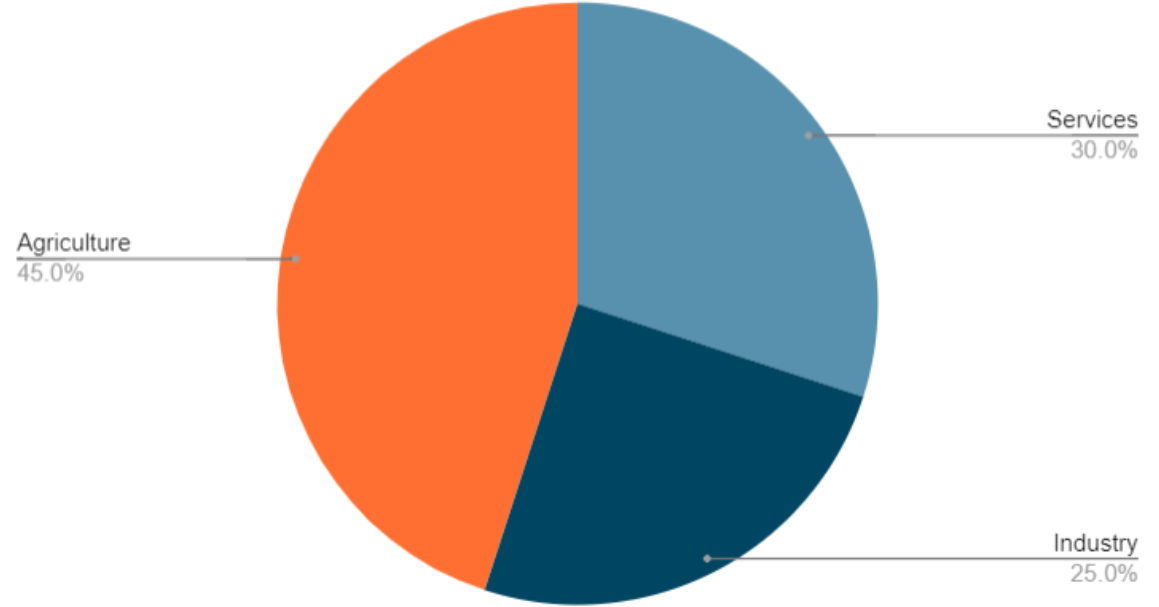CBSE Class 11 Indian Economic Development Important Questions - Free PDF Download
FAQs on Important Questions for CBSE Class 11 Indian Economic Development Chapter 2 - Indian Economy 1950-1990
1. What were the main objectives of India’s Five Year Plans introduced between 1950 and 1990, as per Class 11 Economics important questions?
- Economic growth: To increase national and per capita income
- Self-reliance: Reduce dependency on foreign imports
- Modernization: Adoption of new technologies in industry and agriculture
- Equity: Promote social justice and reduce income disparities
- Balanced regional development: Reduce inequalities across different regions
As per CBSE 2025–26 trends, these objectives frequently appear in 3 to 6 mark questions.
2. Why did India adopt a mixed economy model after independence? [Frequently Asked/Important Question, CBSE 2025–26]
India adopted a mixed economy model to balance the benefits of both capitalism and socialism. This allowed public sector control over key industries and social services for equity and nation-building, while private sector participation boosted innovation and growth. It helped address socio-economic challenges unique to a large, diverse democracy. The mixed economy remains a core concept for CBSE exam analysis.
3. Explain the concept of import substitution and its significance in the Indian Economy from 1950–1990.
Import substitution refers to the policy of encouraging domestic production in place of imported goods. India applied this strategy in the post-independence period to reduce dependence on foreign products, save foreign exchange, and foster local industries. It was central to industrial policy in early Five Year Plans and is an expected HOTS topic in Class 11 important questions for 2025–26.
4. What were the benefits and drawbacks of the Green Revolution in India, according to Class 11 Economics important questions?
- Benefits: Raised food grain production, created rural employment, improved self-sufficiency, and reduced famine risk
- Drawbacks: Increased regional disparities, neglected crops like pulses, environmental degradation due to chemical usage, small farmer exclusion
5. How did land reforms address agricultural issues in India post-1950? [HOTS/Full Mark Question]
Land reforms aimed to eliminate intermediaries, regulate tenancy, set land-ceiling limits, and consolidate landholdings. This ensured direct relationships between the government and cultivators, improved productivity, and helped reduce social exploitation in rural areas. These reforms are core to both 5-mark and HOTS questions as per CBSE's current marking scheme.
6. What are the central problems of an economy, and how were these resolved through planning in post-1950 India?
The three central problems are:
- What to produce?
- How to produce?
- For whom to produce?
7. Why is ‘growth with equity’ considered a critical planning objective in the Indian context? [Frequently Unasked Question - FUQ]
‘Growth with equity’ ensures that economic progress benefits all sections of society, not just a select few. It aims to reduce income and wealth disparities, prevent regional imbalances, and uplift weaker sections. This approach aligns with India's social justice goals and remains a recurring theme in HOTS and Full-Form questions for Class 11 important examinations.
8. How did public sector undertakings contribute to India’s development between 1950 and 1990? [Application/Conceptual FUQ]
Public sector undertakings (PSUs) drove industrialization, built infrastructure, generated employment, and supported strategic sectors. PSUs also helped in income redistribution by channeling profits into development and social welfare programs. However, inefficiencies and fiscal burdens became concerns by 1990, often discussed in 6-mark application-based questions.
9. Compare the sectoral composition of India’s economy in 1950–51 and 1990–91 as per important exam trends.
- 1950–51: Agriculture: 75.2%, Industry: 11.8%, Services: 13%
- 1990–91: Agriculture: 65.3%, Industry: 14.5%, Services: 20.2%
10. What led to the need for economic planning in India after Independence? [Board-expected, Concept-focused]
After independence, India faced poverty, low infrastructure, food shortages, and an underdeveloped economy. Economic planning was adopted to prioritize national needs, coordinate resource use, and promote rapid economic and social development. This rationale is pivotal in frequently asked CBSE questions on Chapter 2.
11. Define ‘marketed surplus’ and explain its significance in the context of Indian agriculture post-Green Revolution.
Marketed surplus is the portion of agricultural produce sold in the market by farmers after self-consumption. With the Green Revolution, marketed surplus increased significantly, which helped meet urban food demand and stabilized prices. Understanding this helps answer HOTS and data interpretation questions in Class 11 important questions.
12. What is meant by the policy of ‘land to the tiller’ in Indian land reforms?
The policy of ‘land to the tiller’ aimed to give land ownership rights to those who actually worked on it, eliminating absentee landlordism. This provided direct incentives for productivity and rural empowerment, a frequently tested concept in 5–6 mark CBSE questions.
13. How did the objective of self-reliance shape India’s policies from 1950 to 1990? [Higher Order Thinking/Conceptual FUQ]
Self-reliance led to heavy investment in domestic industries, restraining imports and promoting indigenous production. This approach built India’s industrial base, reduced external vulnerability, and influenced import substitution strategies. Its relative success and limitations are analysed in CBSE’s higher-order evaluation questions.
14. Explain the rationale behind reserving certain industries exclusively for the public sector between 1950 and 1990. [Concept-Driven FUQ]
Key industries like Railways, Atomic Energy, and Defence were reserved for the public sector to prevent private monopolies, ensure national security, and facilitate coordinated infrastructure development. This rationale is often probed in CBSE 4 and 6-mark important questions.
15. What changes did the Green Revolution bring in the socio-economic structure of rural India? [HOTS/FUQ]
The Green Revolution benefited large landholders most, widening regional and social disparities. It incentivized technological adoption, but small and marginal farmers often lagged due to cost barriers. These structural impacts are regularly analysed in HOTS and 6-mark important questions for Class 11 Economics.




















